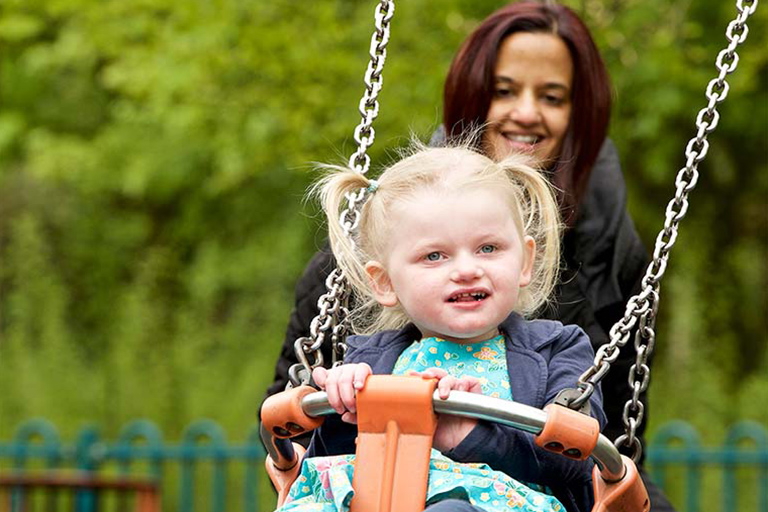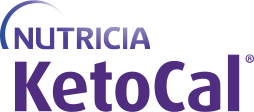Known as the original ketogenic diet for seizures invented over 100 years ago

Classic Ketogenic Diet Overview
People with drug-resistant epilepsy have been using the classic ketogenic diet for over 100 years as a seizure management option. Many have seen a reduction in seizure frequency and been able to decrease seizure medications while on the diet.
The classic medical ketogenic diet for seizures is a high-fat, adequate protein, and low-carbohydrate diet. It works by changing the body’s metabolism to mainly use fat as a source of energy rather than carbohydrates, which helps with seizure control. This strict diet requires careful measurements of foods and must be prescribed by a physician and monitored by a ketogenic dietitian.
The classic medical ketogenic diet uses the “ketogenic diet ratio" to determine what foods can be eaten. It is the ratio of fat to combined carbohydrates and protein in grams.

Tips for getting started
Ketogenic dietitian, Vanessa provides 5 simple tips to help you optimize your success on the classic ketogenic diet.
Classic Ketogenic Diet Frequently Asked Questions
The classic ketogenic diet is primarily recommended for people suffering with various seizure types when seizures are not well-controlled with anti-epileptic drugs. It is also recommended for people with certain metabolic conditions, including glucose transporter-type 1 deficiency syndrome (Glut1) or pyruvate dehydrogenase deficiency (PDHD).
Foods Allowed on the Classic Medical Ketogenic Diet
The foods included on the classic ketogenic diet are calculated into a “ratio” of macronutrients. The ratio is the grams of fat to combined carbohydrates and protein in grams, and typically ranges from 3:1 to 4:1.
This means that approximately 90% of the calories eaten on the diet are from fat. Since fat provides more calories per gram than carbohydrates and protein, the portion sizes of foods in meals will look smaller on a classic ketogenic diet. The kinds of foods that provide fat for a ketogenic diet can include butter, bacon, avocados, heavy whipping cream, mayonnaise, and oils (like canola or olive oil).
The classic ketogenic diet can indeed be another management option when anti-seizure drugs don’t work, but it can be complicated to follow. It is very important to prepare meals carefully, or the diet won’t help with seizure reduction. That’s one of the reasons why it is medically prescribed by a physician and supervised by a ketogenic dietitian.
Keto-Friendly Recipes
KetoCal can be used in recipes to help provide a consistent ratio & complete nutrition for peace of mind.
Coco’s Story
……Coco was having hundreds of seizures a day…..We slowly started noticing a decrease in seizures and after six months of being on the [ketogenic] diet, we had seizure control…. The ketogenic diet has given Coco a better quality of life
References: 1. Devi, N., et al. (2023). Efficacy and Safety of Dietary Therapies for Childhood Drug-Resistant Epilepsy: A Systematic Review and Network Meta-analysis. JAMA pediatrics, 177(3), 258–266. 2. Kossoff EH, Zahava Turner RD, Cervenka MC, Barron BJ. Ketogenic Diet Therapies for Epilepsy and Other Conditions. 7th ed., Demos Health/Springer Publishing Company, 2021. 3. Newmaster K, et al. (2022). A Review of the Multi-Systemic Complications of a Ketogenic Diet in Children and Infants with Epilepsy. Children (Basel). 10;9(9):1372. 4. Kossoff, E. H., et al. Practice Committee of the Child Neurology Society (2018). Optimal clinical management of children receiving dietary therapies for epilepsy: Updated recommendations of the International Ketogenic Diet Study Group. Epilepsia open, 3(2), 175–192.
The content in this section is for informational or educational purposes only and does not substitute professional medical advice or consultations with your healthcare professional.
